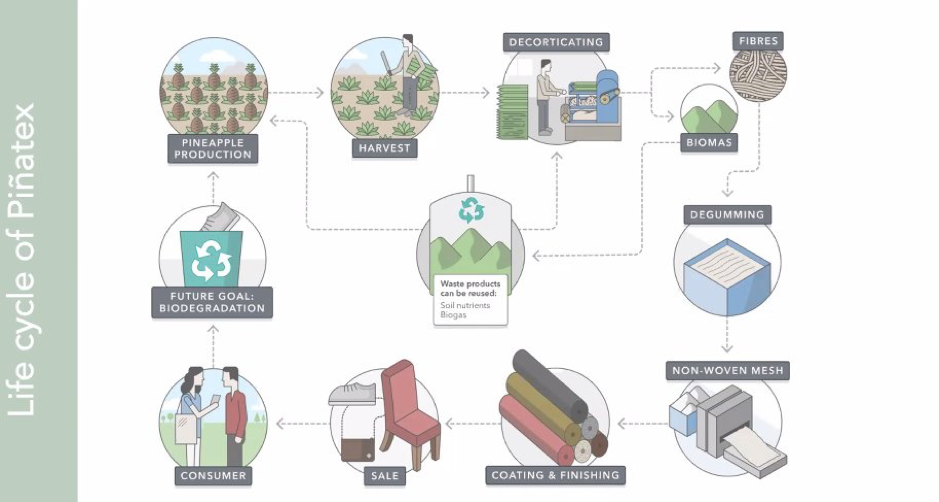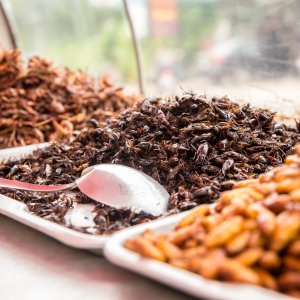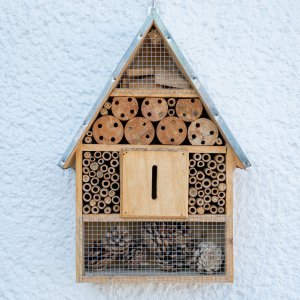Clothes made from recycled plastics? Leather that doesn't come from animals? Get ready because these years we are increasingly getting to know new alternatives to those materials currently used by the fashion industry. The best part is that they say these materials can be way better than their predecessors.
Let's see if that's true!
Circular clothing
Circulose: this is a material made 100% from discarded clothing. Thanks to renewable energies, cotton is extracted and transformed into wood pulp, turning it into a material very similar to viscose. Levi's and H&M have already incorporated it into their most iconic garments.
Mylo: Does the word "mycelium" ring a bell? It grows under our feet and is an infinitely renewable ecological network that extends between plants and the matter present in the soil. A group of scientists has developed it thanks to a very avant-garde process to obtain sustainable leather. The result? It's already being used and is getting great reviews.
Dress to reduce your carbon footprint
AirCarbon: Newlight Technologies has designed a carbon-negative material: it absorbs CO2 from the atmosphere. This alternative to leather is achieved by repeating a process that is present in nature: marine organisms convert methane and carbon dioxide into a molecule that then melts. Nike saw the potential of this material and partnered with its creators in 2021.
We're sure it won't be long before we start seeing it on a recurring basis among it-girls in the industry!
Fabric from food waste
Or how we have managed to make clothes thanks to the remains of unused pineapple leaves. Piñatex is a highly novel fabric, developed as an option to traditional leather and synthetics. It is generated from the leaves of the pineapple plant, usually discarded or burned.

Its creators now work for farming communities in the Philippines, working sustainably and cruelty-free. Definitely sounds amazing.
0 plastics
This is Kintra's bid for 100% organic fabric. In this way, the company has partnered with Pangaia to expand the options we have to traditional polyester through sugars from corn and wheat.
And these are just a few. High-yield natural fibers from hemp, CO2 emissions transformed into ethanol that end up as polyester yarn or grape waste transformed into vegetable leather.
All companies can consider how to contribute to sustainability in all sectors, and the fashion industry is setting an example: a sustainable future is very near if we all work together. Does anyone else love this idea?













